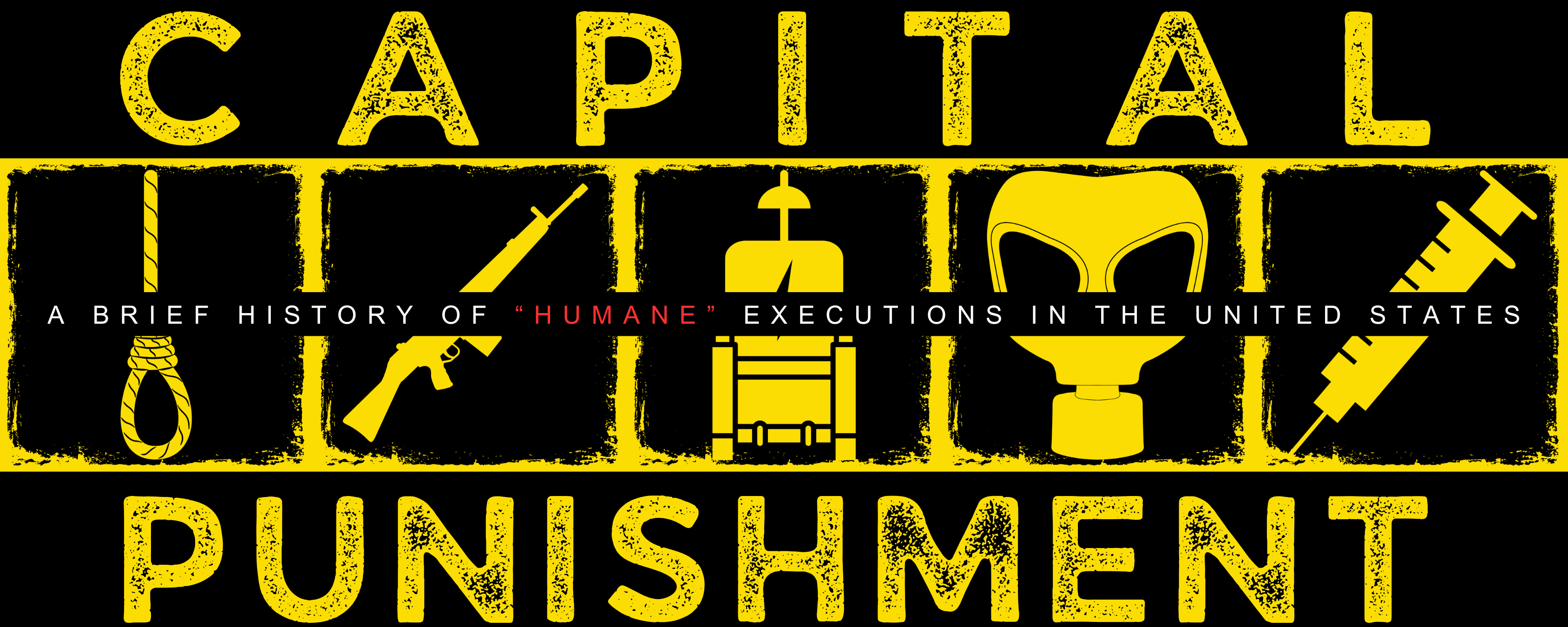In its neverending pursuit of "civility," the United States has grappled with the concept of capital punishment for over two centuries. Society has grappled with moral, legal, and philosophical debates over whether governments should have the power to execute those deemed beyond redemption. The struggle to reconcile justice with humanity continues to challenge modern society, but this struggle can only be understood by examining the history of such cultural and societial shifts surrounding the death penalty.
Each new method promised to be more humane, more civilized than the last - from the gallows to the electric chair, from the gas chamber to lethal injection. But beneath these claims lies a complex story of competing interests, institutional power struggles, and changing social values.
For the first century and a half of the United States' lifespan, executions were public events that drew thousands of spectators. Hanging days were marked by solemn processions, sermons, and last speeches. Crowds gathered from miles around to witness justice being served. But by the mid-1800s, growing concerns about crowd behavior and changing sensibilities led states to move the majority executions behind prison walls. It wouldn't be until 1936 till all executions would be privatized.
This transition wasn't simple. Local sheriffs often resisted privatization, newspapers fought for access, and the public demanded to know what happened in the death chamber. The result was a unique compromise: executions would be private but witnessed by select observers and reported by the press.
As execution methods evolved, so did the competing demands placed on them. States sought legitimacy and control. The press insisted on transparency, furthering a fascination with the condemned. The public wanted reassurance that justice was both effective and civilized. Medical professionals alternately embraced and rejected involvement.
This digital exhibit traces that complex evolution through historical records, newspaper accounts, photographs, and scholarly research. I examine how various forces—state authorities, local officials, the media, and the public—shaped the way the United States "does death." From crowded town squares to sterile prison chambers, from public ritual to clinical procedure, the story of American execution practices reveals much about how our society has balanced justice, power, and our humanity.
